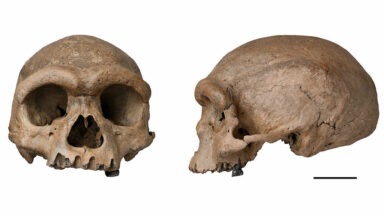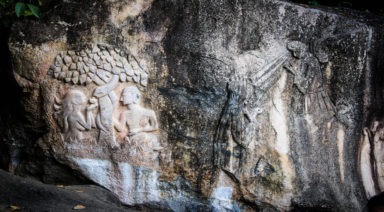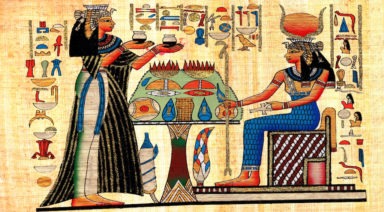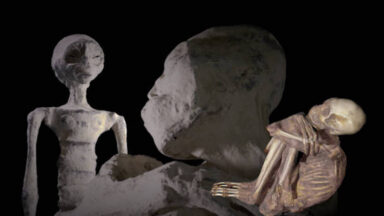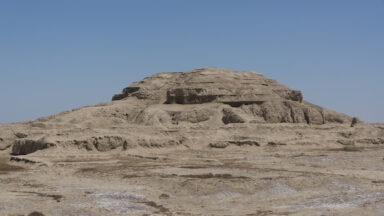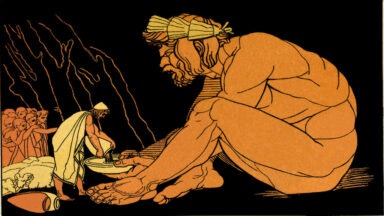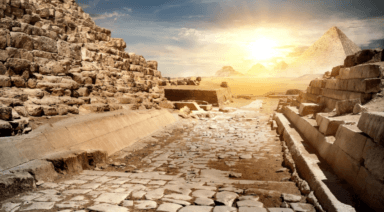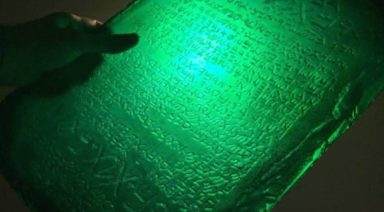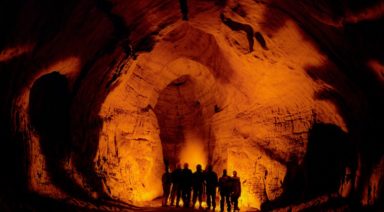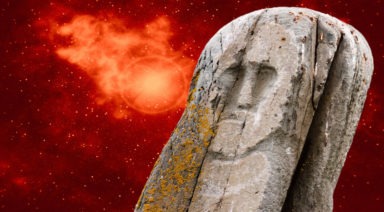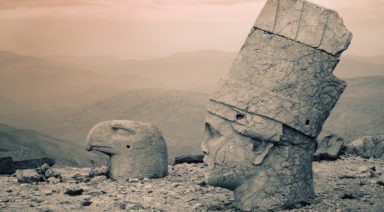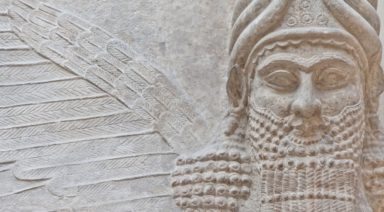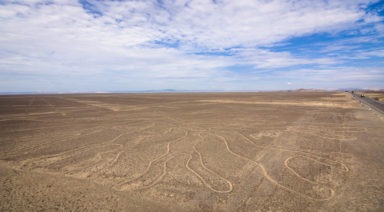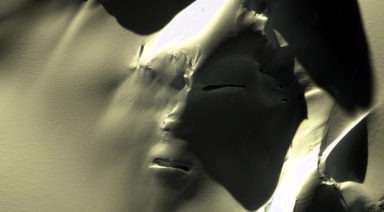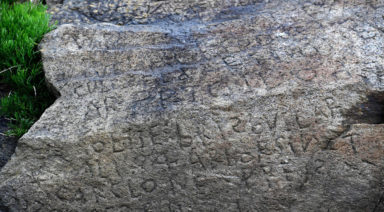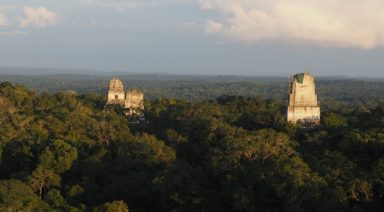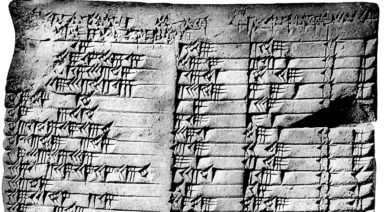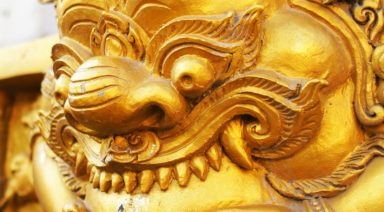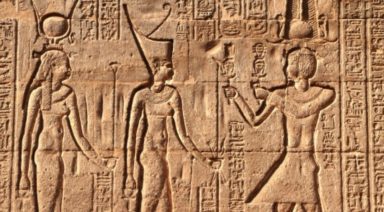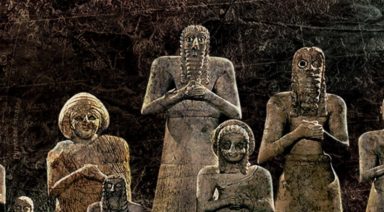Was the Sirius Star System Home to the Dogon African Tribe?
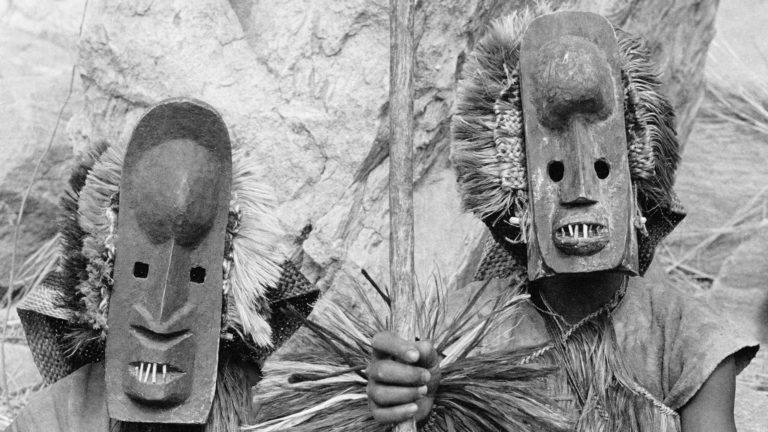
The mythology and folklore of indigenous people is often written off as exactly that – legends and parables used to remember elders and teach younger generations lessons about morality. But what about a tribe whose lore gives a precise location of astronomical bodies and phenomena that aren’t discovered by modern science for hundreds of years?
The Dogon are that tribe, and they have known for centuries that their ancestors are descendants of a species from the Sirius star system eight and a half light-years away.
Knowledge of the Hidden Star Sirius B
The Dogon inhabit an area of Mali called the Bandiagara Escarpment, a stretch of sandstone cliffs nearly 100 miles long, reaching up to 1,500 feet high. Taking advantage of the area for its natural protection, the tribe built their homes on the side of the cliffs during the 3rd century B.C. and have remained there since. But it wasn’t until the 1930s that French anthropologists discovered their strangely advanced astronomical knowledge, despite maintaining a very primitive lifestyle.
Although the Dogon live in an area more than 2,000 miles from Egypt, they have a history that appears to have some intriguing connections with its famed, ancient lineage that hinted at some connection to the stars.
Upon studying the Dogon tribe, anthropologist Marcel Griaule learned of their obsession with the Sirius star system. While Sirius A is visible to the naked eye, its companion white dwarf, Sirius B, was not discovered until the 1950s with an advanced telescope. The Dogon, however, were well aware of its presence, as well as its orbital period, describing its existence before it was confirmed years later.
The Dogon are incredibly familiar with the system, where a race of beings from Sirius was purported to have traveled from, imparting their knowledge upon the tribe hundreds of years ago. These beings, known as the Nommos, were amphibious beings, coming from the same star system as the Egyptian god, Isis.
The Dogon also claim that there is a third star in the Sirius system that has yet to be discovered, and gravitational observations might prove their claim to be true. Were the Dogon visited by spiritual beings or ancient astronauts? Or did the anthropologists who first studied them carry out an elaborate deception by giving them astronomical insight to regurgitate in front of a camera?
Knowledge Preceding Modern Science
Carl Sagan weighed in on his take of the Dogon tribe and their supposed celestial cognizance by disavowing the idea that it could have come from otherworldly beings. The Dogon were aware of Jupiter’s moons and Saturn, along with its rings, but Sagan said that their lack of awareness of any other planets in our solar system was evidence that they were only reiterating a few pieces of knowledge given to them by their interaction with French anthropologists.
However, Sagan’s cursory analysis of the Dogon did not touch upon the fact that their knowledge of the Sirius star system was represented in 400-year-old artifacts, nor did he acknowledge their understanding of subatomic particles and their theory of the universe’s creation that was similar to the Big Bang.
The Dogon were also very aware of our location within the Milky Way Galaxy and knew of the state of Sirius B, being an incredibly dense and dying star. This curiosity also led them to make further discoveries regarding human anatomy, long before Western discoveries were made.
So, who were these Sirius Star aliens that this enigmatic tribe met more than 600 years ago? The Dogon refer to them as the Nummos or Nommos, beings that were mostly aquatic, but were also mobile on land. They appeared only to a small sect of the Dogon tribe, because extensive contact with humans would have a negative impact on their well-being. In some accounts, the Dogon speak of the Nommos as being non-physical.
Every 60 years, when Sirius appears between two mountain peaks marking a cycle in its orbit, the Dogon hold a celebration, called Sigui. Leading up to the celebration, the younger men of the tribe sequester themselves from the rest of the group for a few months. During this time, they speak in a secret language. Sigui itself can last for long periods of time; the most recent celebration lasted six years.
During these celebrations, the Dogon’s knowledge is passed on to future generations, but there is supposedly secret information regarding their knowledge that has not left the tribe.
Strange connections with other civilizations
Amphibious, god-like beings appeared in other ancient cultures outside of the Dogon. Ancient civilizations from Babylonia to Greece, and even Slavic nations depicted aquatic beings in their mythology. One interesting connection that some have drawn with the Dogon is that of the Dogū in Japan. Alternative theories point to statues of the Dogū, whose name is similar to Dogon, that resemble an astronaut or being in a spacesuit.
The Dogū are thought to have arrived in flying ships, bringing written language and many aspects of civilization to the Japanese. Interestingly, in ancient Mesopotamian lore there is a deity known as Dagon or Dagan, depicted as a merman or fish god – this depiction can also be seen in the Hebrew Bible.
But the Dogon’s connection with Egypt is the most intriguing, and an argument in their defense from the criticism of Sagan and pragmatists. The language that the Dogon use to describe the Sirius star system consists of ancient Egyptian words that have not been used for centuries. Other similarities between the two cultures can be seen in the way they organized their civilizations, such as the creation of an upper and lower kingdom and a 360-day calendar. The Dogon do not have a written language to this day, and continue to pass down their history to select members of the tribe by word of mouth.
Is the 'Dragon Man' Skull Actually a New Human Ancestor?
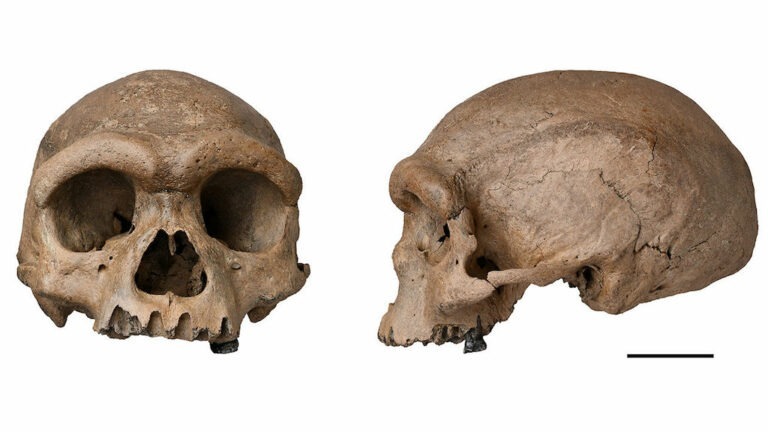
A groundbreaking, recent discovery of a huge fossilized skull in China has archeologists embroiled in heated debate. Is this extraordinary finding evidence of a new human species?
Over the last several decades, the view of human evolution during the past half-million years has become ever more complicated with regular additions to the list of human species that lived during the Pleistocene period. Working out the relationship between these populations of early humans and how they relate to modern humans has proven difficult and, at times, contentious.
The new finding in China is one of the more recent additions to the growing debate.
Andrew Collins is an ancient history researcher who has been closely following these discoveries. “An incredible discovery has been made in China,” Collins said. “And this is of a fairly massive human skull. It’s around 140,000 years old. The first thing they’ve noticed is that it’s got features that are in common with Homo sapiens, but also archaic humans.”


